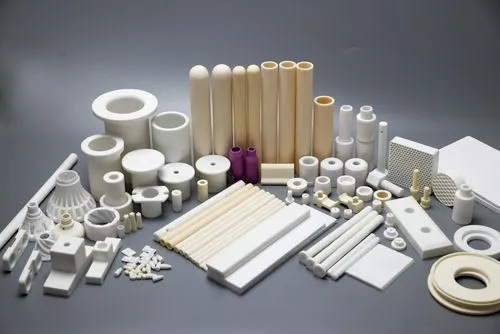
As a common additive in 3D electronics manufacturing, aluminum powder can effectively improve the mechanical properties, surface finish and processing accuracy of 3D printed products, while also reducing the coefficient of thermal expansion and oxidation resistance of products. Here are some specific application cases:
1. 3D printing ceramic substrate
The researchers used aluminum oxide powder as an additive to the ceramic substrate to create a ceramic substrate with excellent mechanical and physical properties through 3D printing technology. In the manufacturing process, the aluminum oxide powder can not only improve the strength and hardness of the product, but also reduce the processing difficulty and cost of the product.
2. 3D printing of complex structural parts
Some parts with complex structures are difficult to manufacture through traditional processing methods, but through 3D printing technology, high-precision and high-performance products can be achieved using additives such as aluminum oxide powder. At the same time, the addition of aluminum oxide powder can also improve the wear resistance and corrosion resistance of parts, and enhance the service life and reliability of parts.
In general, the application of aluminum oxide powder in 3D electronic manufacturing has broad prospects, which can improve the performance and quality of products, reduce manufacturing costs and improve production efficiency. With the continuous development of new materials and new technologies, it is believed that the application of aluminum oxide powder in 3D electronic manufacturing will be more and more extensive and in-depth.



